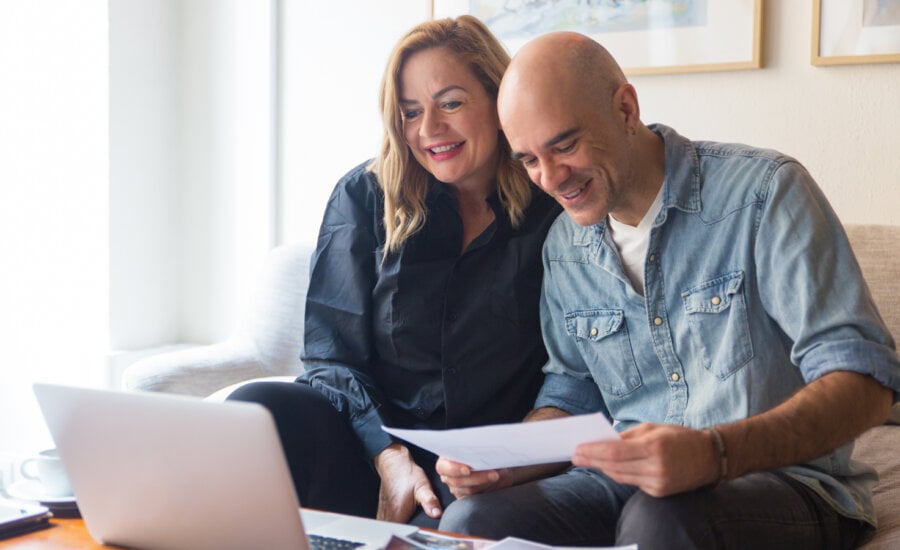Four reasons why you might not want to tap your RRSPs to become mortgage-free.
-

- Search
- PROPERTIES
- Leasing
- Investment
- Resources
- Community
- Our Team
- Contact


Four reasons why you might not want to tap your RRSPs to become mortgage-free.

Is it a good idea to pay off my mortgage with my RRSP money and then put what my mortgage payment was back into the RRSP once I’ve paid it off? What are the pros and cons of this strategy to being mortgage free?
–Mike
Paying off your mortgage with your registered retirement savings plan (RRSP) and then putting what your mortgage amounts would have been back into the RRSP may not be a good strategy for several reasons.
A comprehensive guide for Canadians
A better strategy to pay down your mortgage is to accelerate the payments by an additional—and affordable—amount, which is applied directly to the principal. That has the effect of reducing the amortization period, even if it means reducing or forgoing RRSP contributions. Speak to your mortgage lender or use a mortgage calculator to estimate the results of accelerated additional payments in your particular case.
Is it better to invest your money or use it to pay down your mortgage or other debt? It depends. Let’s look at different situations.

Your net worth is calculated by taking your assets and subtracting your liabilities. Both investing and repaying debt can boost your net worth as a result. The question is: which is better? In our guide about paying off debt versus investing, we cover the options from a number of different perspectives so you can decide what is best for you.
Making the right choice boils down to prioritizing and projecting. But here’s the thing: mortgage debt repayment is investing. Your return comes from interest savings that accrue by paying down the principal portion of your debt.
Sometimes, Canadians choose to invest in other assets instead of paying down debt. If you think you can earn a higher rate of return on your investments than the interest rate you’re going to pay on your debt, in theory, you might be better off investing. In practice, though, it depends.
There are practical considerations to help determine which investments are better than paying down your mortgage faster.
A quick way to think about debt repayment versus investing is to compare the interest rate of your debt to your expected rate of return of your investments. Say you have a $100 debt with a 5% interest rate. You’ll incur $5 of interest over the coming year.
If you had the opportunity to invest that $100, you’d only need to earn $5 or a 5% return to have increased your net worth and be better off, right?
Unfortunately, the math is a bit more difficult. If you earn $5 of income in a non-registered account, it’s taxable. If what you earn is in a tax-free savings account (TFSA), it’s tax-free. If you earn it in a registered retirement savings plan (RRSP), it’s tax-deferred, and you have to factor in the tax refund on the contribution and the eventual tax on the withdrawal.
So, find out when you could contribute to an RRSP instead of paying down your mortgage.
In some cases, you can have your cake an eat it too. A mortgage is a permitted RRSP investment, so an RRSP account holder can have their own mortgage held in their RRSP—at least in theory. In practice, this is becoming more difficult to do. The biggest challenge is finding a bank, credit union or trust company that will let you hold your mortgage in your RRSP.
That said, there are alternatives for an investor who really wants to have real estate investment exposure as part of their retirement savings. And holding your mortgage in your RRSP may not be as good as it sounds after all.
